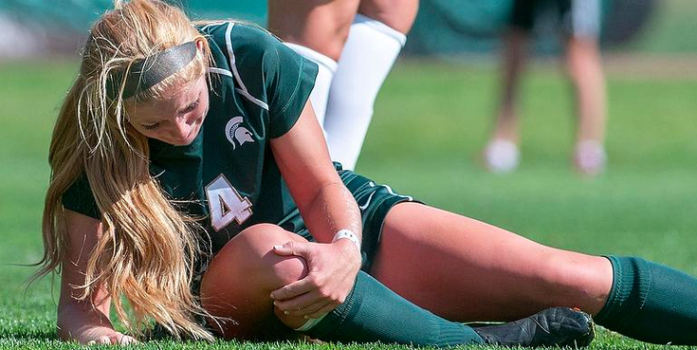A telemedicine or telehealth platform that coordinates pre- and post-operative care for pediatric sports injuries can cut wait and treatment times and reduce costs and stress for doctors, patients and the patients’ parents.
In a study conducted by physicians at Nemours/Alfred I. duPont Hospital for Children in Delaware and MedStar Georgetown University Hospital in Washington DC, a telemedicine program serving pediatric patients with sports injuries reduced wait times from about a half hour to just two minutes, while time spent with the doctor was cut from more than an hour to about 15 minutes.

Furthermore, they said, the service enabled patients to meet with their doctors while at home, cutting travel by about 85 miles and travel costs by about $50 per visit. And the platform reduced labor costs for the physician by about $24 per patient per visit.
Alfred Atanda Jr., MD, an orthopedic surgeon with Nemours and the study’s lead author, said the service works especially well for juvenile athletes with sports injuries – and their parents.
“Pediatric sports medicine is well suited for these patients because parents can get immediate access to a sports medicine provider without having to miss work or remove their child from school,” he wrote in the study, recently published in the Journal of ISAKOS (Joint Disorders & Orthopedic Sports Medicine). “In many instances, the parents are merely seeking information, guidance and advice about their child’s injury that can be often conveyed via the telemedicine platform without the need for special equipment. Moreover, the athletes themselves are often well-versed in current technology and can assist their parents with the technical aspects of the telemedicine visit (i.e., application download and camera/microphone adjustment).”

In all, Atanda and his colleagues evaluated 120 telemedicine visits involving 90 patients – all under the age of 18 – between September 2015 and August 2016 at one academic pediatric tertiary care referral facility. The telemedicine visits focused on preoperative counselling and postoperative and follow-up visits, and the researchers reported no missed appointments or complications that led to an in-person visit.
Atanda noted the success of the program in satisfaction scores.
With 83 of 90 patients filling out a survey, the study reported, 91 percent found the interface application easy to download, 85 percent were satisfied with the audio and video quality of the application, 98 percent found the telemedicine visits convenient, 98 percent would be interested in future telemedicine visits, and 99 percent would recommend telemedicine to other patients.

Atanda, who spoke with mHealthIntelligence.com last September after presenting at the American Academy of Pediatrics National Conference & Exhibition, sees this telemedicine platform playing a vital role for orthopedic physicians dealing with crowded clinics and busy patients (and their parents). But it’s meant to serve a specific population, he points out.
All patients involved in the telemedicine program were selected by their physicians and were treated for follow-up, postoperative, imaging review and surgical informed consent discussion – in other words, there were no complex cases. All were seen in person and given a physical before switching to telemedicine, and there were no new patients.

“Our current opinion is that telemedicine is not meant to replace traditional, in-person visits; rather, it is meant to serve as a mechanism to deliver healthcare to select patients remotely and only in the appropriate clinical scenario,” he concluded in the study. “This emphasizes that the treating provider must be very selective of the patients they evaluate via telemedicine as its current use in orthopedics is novel. Our clinical goal was not to operationalize the use of telemedicine throughout our practice but rather to use it as an appropriate modality to streamline care for a highly select group of patients.”

Article Source: http://mhealthintelligence.com/news/telemedicine-helps-sports-doctors-manage-their-patient-workload

